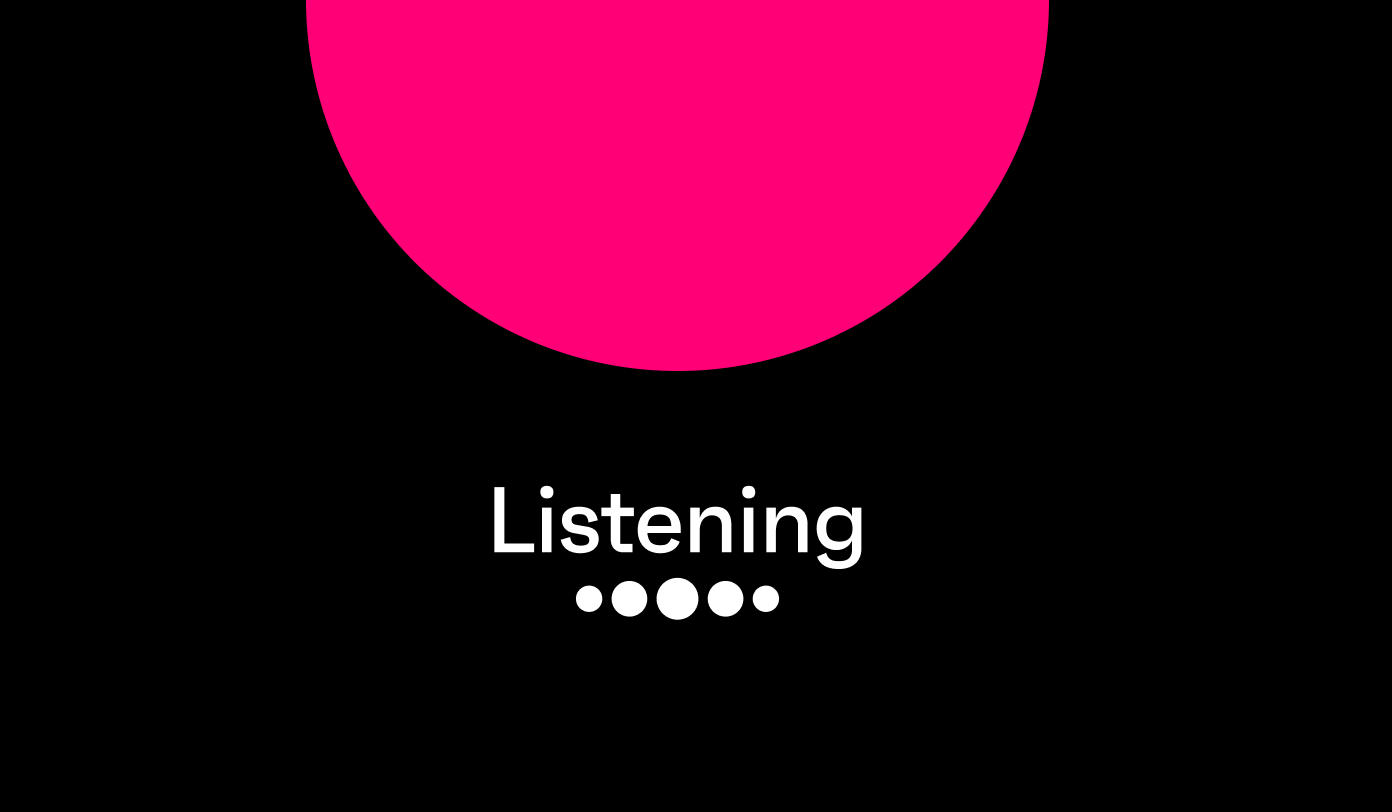Should you be targeting consumers on social media? Well, the answer is likely yes, but if you don’t think you should, at least you’re here to understand why you might.
Nailing a social media strategy goes beyond identifying where your target audience spends their time online. It involves recognizing the unique cultural dynamics that shape social media habits, which in markets like South East Asia (SEA), are very distinctive.
Here, social media is an integral part of daily life, providing opportunities for social connection, cultural expression, and online shopping. Businesses that understand and adapt to these nuances will be in a much better position to develop effective social media marketing campaigns.
It’s worth thinking about the nature of your content, your industry, and your business type. They’re crucial factors that determine the most effective social media platform for your marketing efforts. That’s why we’re here: to guide you through consumers’ social habits in South East Asia.
Why social media is the go-to channel in South East Asia
Let’s start with a bit of housekeeping. When we’re analyzing data from internet users in SEA, we’re referring to consumers in Indonesia, the Philippines, Vietnam, Thailand, Malaysia, and Singapore.
The huge popularity of social media in the region makes it a logical consideration in your marketing mix – once you know what, and where, to post that is.
The chart above paints an interesting picture. Internet users in South East Asia are typically highly active on social media, but while in 2017 their daily average time on social platforms was an hour higher than the global average, today the difference has fallen to 35 minutes.
To better understand these shifts, looking at the platforms that are most popular highlights what makes the region unique compared to the rest of the world. Facebook, Instagram, and WhatsApp are the most popular global social platforms (outside of China), but in SEA, TikTok has a much greater presence.
Meta has been aware of TikTok’s meteoric rise for years, with the shift to mobile-first apps and short-form video a dominant trend. But while it may seem the preferred platform on a regional scale, this doesn’t tell us the full story about platform preference when looking by country.
WhatsApp has a very strong presence in Indonesia, Malaysia, and Singapore, and in all three countries, social media users cite it as their overall favorite platform. Consumers’ relationship with the platform in these markets is very different than it is out West. Community-orientation is a much greater cultural factor than in markets like the US, where people are typically more individualistic.
In SEA, users are often found chatting to friends or family in group chats, but also in communities. It’s little surprise then that the community feature on WhatsApp was first released in Malaysia. So while it may not seem the most popular platform at a regional level, at a market level, it dominates.
Social media users in the region are 38% more likely to think they spend too much time on social media, but that shouldn’t be cause for concern; they’re 19% less likely to say they’re using it less than they used to, compared to the average global user.
We know these users are highly active and time-monitoring features will gather some steam, but they’re more likely to see social media as good for society too, highlighting its key role in South East Asian social culture.
So let’s put some more numbers behind it to help show you the difference.
The average social media user in South East Asia spends around three hours a day using these kinds of platforms – 35 minutes longer than the global average. Females in SEA spend 22 minutes longer a day on social media than their male counterparts, which could provide a key opportunity for brand targeting.
Say you’re a beauty brand trying to reach Gen Z females in SEA. This group spends on average 3 hours and 43 minutes a day on social media, but for those interested in beauty or cosmetics, it’s nearly 4 hours – so how do you reach them? Well, they stand out for discovering new brands or products through vlogs and endorsements from celebrities or well-known individuals, so an influencer-led approach here could pay dividends.
The power of influencer marketing
Now that we have a general overview of social media use in South East Asia, let’s dig into the details. Why do consumers in South East Asia use social media? There are some similarities to global users (keeping in touch with friends and families takes the top spot), but when you glance slightly further down the list, user behavior begins to shift.
Social media users in South East Asia see platforms as a place for inspiration. Globally, around 3 in 10 use social media to find content or to see what’s trending or being talked about, while a little less use it to find inspiration for things. But when you look at SEA, the figures for all these social media attitudes rise significantly, with a little over 4 in 10 seeing them as motivations.
This changes the types of content that will appeal to users in the region. While there’s similar interest in social media to fill spare time or share opinions with others, it’s a place for visual engagement, with relatable content that stands out and encourages people to explore further.
It’s why users in the region stand out for following music accounts, influencers, and entertainment, memes or parody accounts, with less interest in magazines or publications, journalists or news companies, and authors or literary groups. In the Philippines for example, 46% of social media users follow performers like actors or comedians, while in Indonesia, 44% follow music groups.
Spotify’s Magic of Music campaign is a good example of a brand taking notes here. Adverts were tailored to consumers in Indonesia, Thailand, and the Philippines, keeping the story relatable to local interests. Beyond features from local artists, it was about using macro-trends through consumer insights to stand out in an increasingly competitive landscape.
Compared to the average social media user in Asia Pacific, SEA social media users are 52% more likely to follow influencers or other experts, not to mention they’re 38% more likely than global social media users to discover new brands and products through posts or reviews from expert bloggers. These are huge figures, and reaching these followers through partnerships provides a great opportunity for brands.
The attitudes of users in South East Asia who follow influencers highlight why community is so important. They’re 35% more likely to say they’d promote their favorite brand online if it enhances their online reputation, but more importantly, 31% more likely to when something is relevant to their friends’ interest (compared to the average social media user in the region).
The key takeaway
Understanding social media users goes beyond platform preference; tap into SEA consumers’ interests, and desire to explore. Influencers are a huge opportunity, and partnering with content that enhances their online reputation is a surefire way to succeed.
Social commerce is leading the pack
We touched on how influential WhatsApp is in SEA, but it speaks to a larger trend about ecommerce and social commerce in the region. If we take a look at how WhatsApp Business is used in Western markets, only 22% of business professionals in the UK use it in their workplace, falling to 16% in the US. Compare that to Indonesia (69%), Malaysia (59%), and Singapore (43%), and the importance for businesses becomes clear.
Some of the lessons from WeChat in China show how messaging apps can evolve into multi-purpose platforms, and what WhatsApp, not to mention other platforms, could one day become.
Last year Meta invested in Take App, a Singaporean startup that helps merchants sell via WhatsApp. It’s clear Meta sees huge opportunities in the platform to replicate the successes of social giant WeChat. Could it work? Well, as quoted from Harvard Business Review, “WeChat isn’t just a Chinese success story – it offers insights to innovators everywhere.”
The platform’s success lies in its foundation as a messaging platform, with a focus on mobile-first use, a user-friendly experience, and a strong market presence. These factors have helped them to capture and retain users, and with WhatsApp now leveraging its huge popularity in South East Asia, it too is creating a thriving business ecosystem.
You can see why it appeals by looking at the attitudes of social media users in SEA. When you zero in on their online brand interactions, they stand out for liking or following brands on social networks, watching brand videos, and visiting brands’ social media pages. Why? Well once you’ve got their attention, social networks are their go to place for more information about brands or products, ranking above search engines – a change from the global norm.
Social media users in South East Asia stand out from other APAC markets for discovering new brands through ads or recommendations and comments on social media. While baby boomers are still largely receptive to traditional advertising forms, Gen X in South East Asia are 40% more likely to find new brands through social media ads than their Gen X counterparts in the wider APAC region.
This shows that with such a large digitally savvy population, social commerce allows businesses to tap into the immense potential of social media as a sales channel, enabling them to drive sales in a personalized and convenient way.
How to go viral in SEA
South East Asia has some unique cultural dynamics that have a big impact on consumers’ social media use. By recognizing and understanding these nuances, you’ll be able to adapt your strategies accordingly and reach your target audience more effectively.
Influencer marketing can be highly effective, so consider partnering with internet personalities who have a large and engaged following. Additionally, social commerce is on the rise, with platforms like WhatsApp playing a growing role in facilitating online shopping.
By staying up to date with these trends and adapting your strategies accordingly, you can maximize your business’s potential for success in the region.
The ultimate social media report 2023
Get your copy





.webp?width=495&height=317&name=pink_thumb_graphs%20(1).webp)
.webp?width=495&height=317&name=pink_thumb_letter%20(2).webp)
